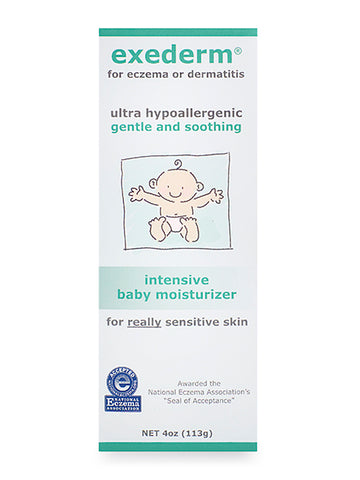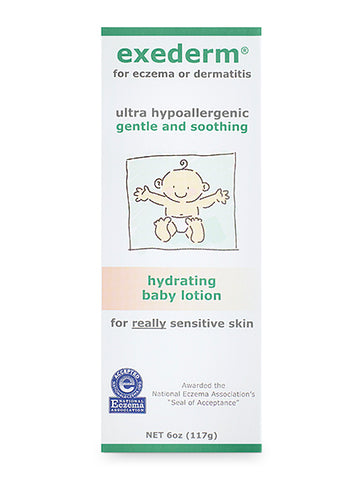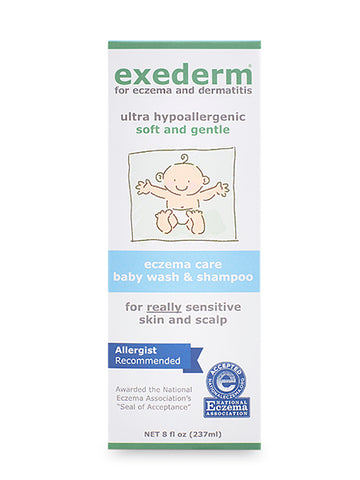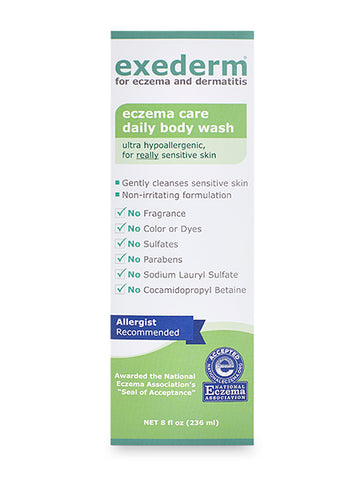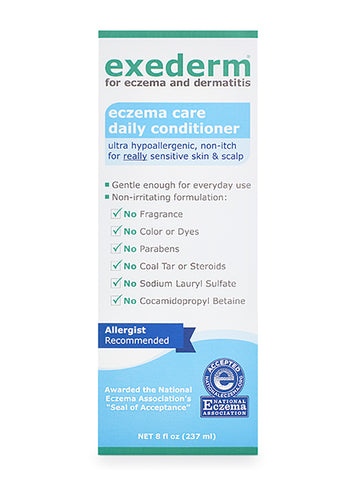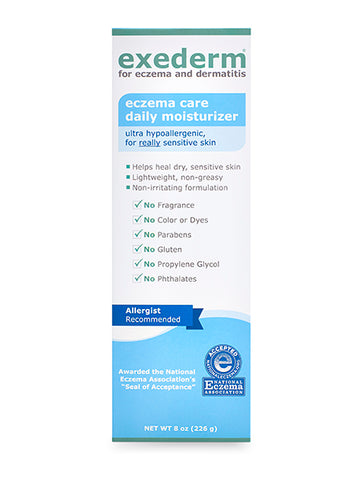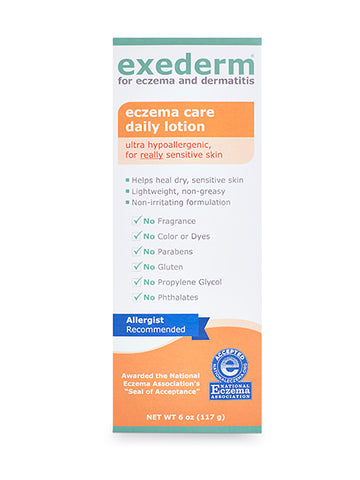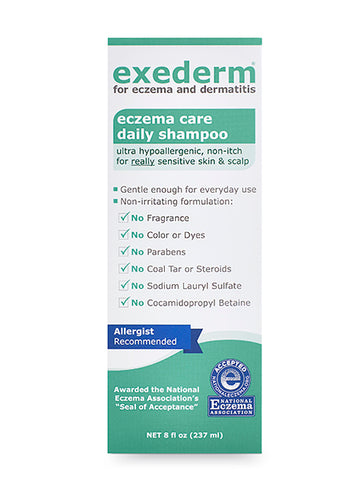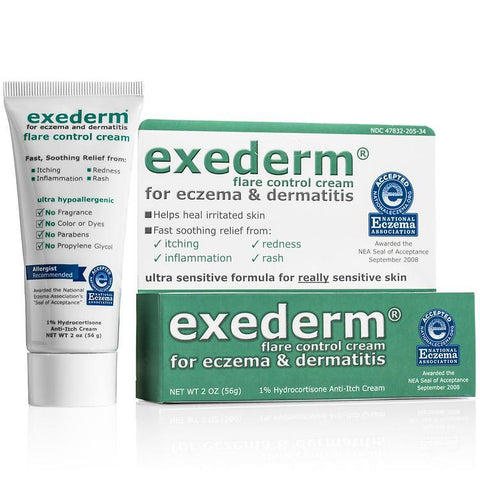Contact Dermatitis
Contact dermatitis is a skin condition associated with environmental triggers or irritants (normally something that has touched against the skin).
It tends to be short term in nature and the good news is that it can normally be easily managed or prevented.
What causes it?
Irritant Contact Dermatitis occurs when chemicals or physical agents damage the surface of the skin faster than the skin is able to repair the damage.
Allergic Contact Dermatitis occurs due to an allergic reaction to a substance or material in contact with the skin. It arises some hours after contact with the irritant and settles down over some days providing the skin is no longer in contact with it.
The most common triggers factors can often include:
- Detergents
- Cosmetics
- Shampoo
- Soap
- Preservatives
- Colorants
- Fragrances
- Acid/Alkali
What does it look like?
The skin may have redness, itching, swelling, blistering and scaling of the damaged area. Severity is highly variable and depends on many factors including:
- Amount and strength of the irritant
- Length and frequency of exposure
- Skin susceptibility or sensitivity
How can I treat it?
It is important to recognize how you are in contact with the responsible substance(s) so that, where possible, you can avoid it or at least reduce exposure. Treatment will commonly include:
- Emollient creams such as exederm intensive moisture cream
- Topical steroids such as exederm flare control cream
How can I avoid it?
Watch out for common chemical irritants often found in well known personal care or cosmetic brands. Even some brands labeled 'hypoallergenic', 'sensitive' or 'natural' can contain unnecessary additives and harsh chemicals.
In particular, look out for fragrances, colors and harsh preservatives such as parabens (butylparaben, propylparaben, methylparaben) or methylisothiazolinone.
For liquid cleansers such as body washes, hand washes or shampoo watch out for SLS (sodium laureth sulfate) or CAPB (cocamidopropyl betaine) - both of these ingredients have been known to trigger contact dermatitis.

